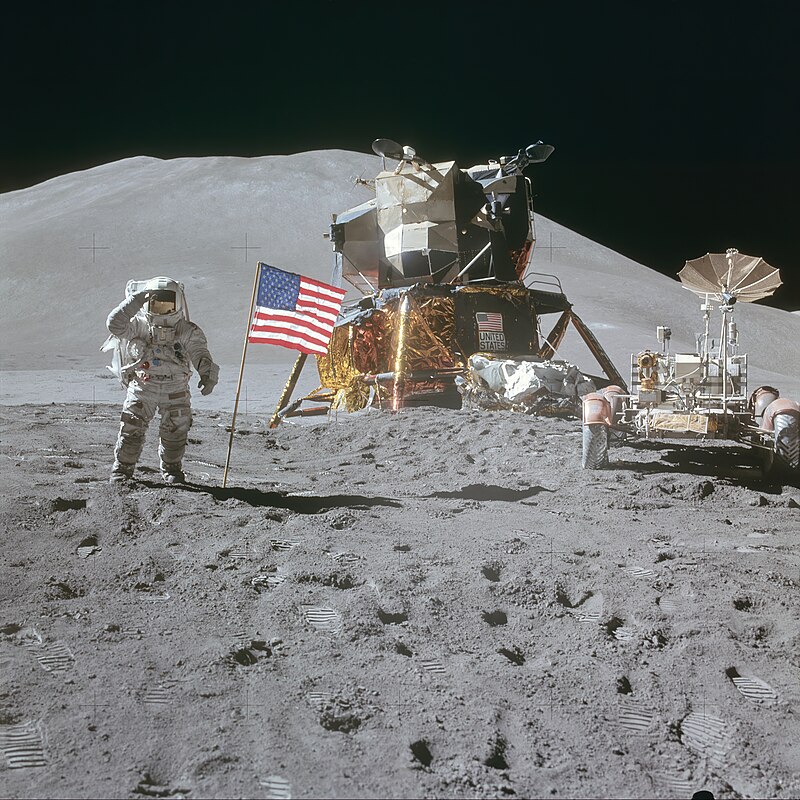On July 31st, 1971, the first rover landed and drove on the Moon. This mission was known as Apollo 15. Before this successful mission, 14 astronauts died while trying to get to the moon in space flight. Commander Scot inscribed their names on a small plaque behind the rover.
The Apollo 15 crew had a few missions on the Moon, but they first napped when they arrived. Once they landed, the astronauts slept to conserve energy instead of exploring the Moon immediately.
The Apollo 15 crew meticulously prepared for their tasks, demonstrating their dedication and commitment to the mission. They observed any changes to their spacesuits, evaluated the lunar rover’s performance, set up the lunar communication relay unit, and laid out the ground-controlled TV assembly. Before their mission, astronauts David Scott, Alfred Worden and James Irwin honed their skills by driving their lunar rover simulator in the Mojave Desert near China Lake.
During the test drive on the Moon, the Apollo 15 crew faced unique challenges that tested their bravery and adaptability. The ride was bumpy, and the front wheel drive of their rover stopped working. The rugged terrain of the Moon’s surface, dotted with small rocks and mini craters, made the test drive a challenging but ultimately successful exploration.
Another primary mission was to launch particles, fields, and subsatellites into the lunar orbit before they embarked on a journey back to Earth. This subsatellite was to investigate the Moon’s mass and gravity, the particle composition of lunar space, and how the Moon’s magnetic field interacts with that of the Earth.
Before astronaut David Scott left, he placed a small, red-covered Bible on the control panel of the Apollo 15 lunar rover. After a successful mission on July 26th, the Apollo 15 mission returned to Earth on August 7th.
The Apollo mission broke a few records, including the most extended duration on the Moon, about 18 hours and 37 minutes, with 3 EVAs, and the longest surface distance, about 17.5 miles.

